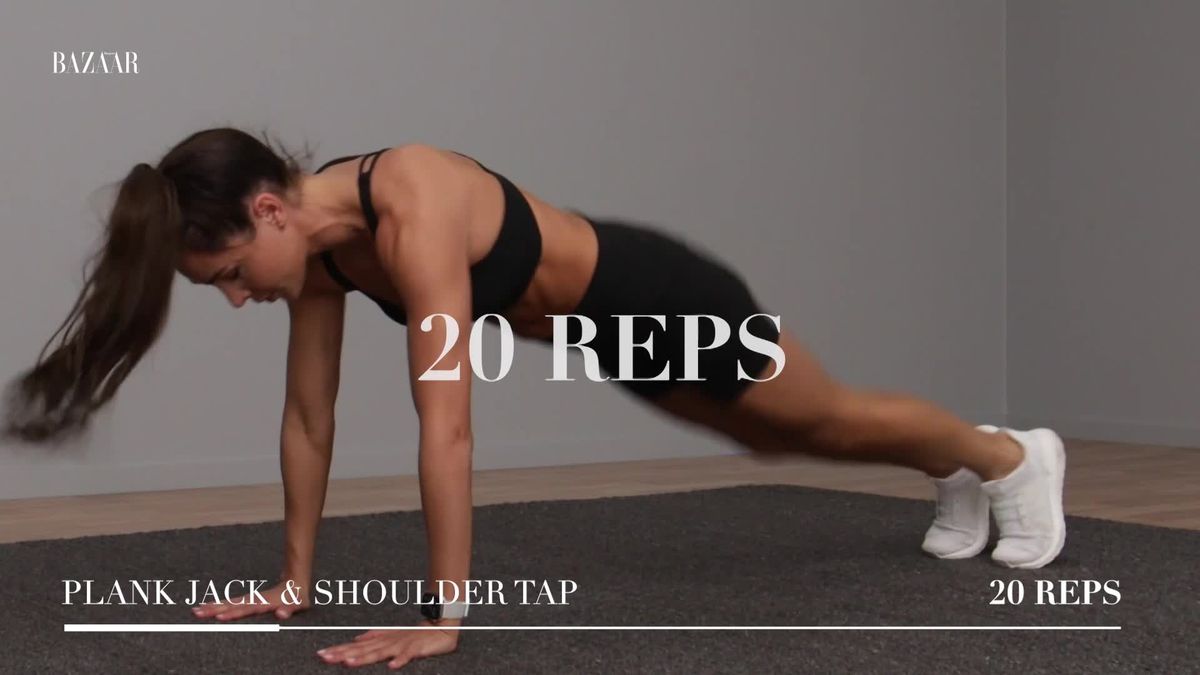Most of us are familiar with the use of anti-wrinkle injections – neurotoxins such as Botox, Alluzience, Azzalure or Bocouture – for facial treatments such as forehead smoothing and crow’s feet softening. But they are also approved for use in the prevention of excessive sweating in the armpits and migraines. Off-licence, practitioners also use neurotoxins to treat posture, which is becoming increasingly popular alongside videos documenting the so-called ‘TrapTox’ on TikTok.
The goal of injecting a product such as Botox to alleviate problems related to body posture, Dr. Ashwin Soni – GMC registered plastic and reconstructive surgeon and founder The Soni Clinic – he tells us, “is to target specific muscles of the body allowing them to relax”. In the professional literature published on the use of neurotoxins for postural purposes, the most common muscle targeted is the trapezius muscle (also known as the “trap”). “This treatment is often referred to as ‘TrapTox’ or ‘Trap Botox’ on various social media platforms,” confirms Dr. Soni.
But what exactly does the treatment involve?
What is ‘TrapTox’ and how is it used for posture?
To explain the process simply, “you’re treating your neck and shoulder muscles, which in turn makes you stand up straighter as it becomes harder to stay lying down,” explains one of London’s leading aesthetic doctors and founder of The Lovely Clinic, Dr. Sarah Tonks, adding that it can also lead to a longer neck and more defined shoulders. “It’s not a new treatment, but not many people know about it,” he says, revealing that “it’s much more popular in Asia where it’s sought after for a shoulder slimming effect.” Here, the emphasis seems to be on posture, however, and improving it for both tension-related pain and appearance.
“Many of us are hunched over a computer for hours each day and experience worsening posture alongside increasing neck and shoulder pain,” explains Dr. Soni. Award-winning cosmetic doctor, Dr. Johanna Ward from Cosmetic Skin Clinic, agrees, adding that our phones are a problem, too. “In the age of smartphones, we have a big problem with straining the anatomy of the head and neck, which is a problem for the future.”
Here, neurotoxin injections can help with both muscle tone and posture – but there’s a caveat, Dr Soni believes. “Treating muscle tension could potentially require at least two rounds of Botox [or a similar product], as there are no published guidelines on how much to inject into these muscle groups and how to distribute the doses.” And when it comes to injecting specifically for posture, “you have to be careful who you ask for treatment, because in some of the big muscle groups – like the trapezius – or in the upper body and neck, you might need too much to to get the desired result”. This means that the treatment could also be expensive given the amount of neurotoxin that would be required on both sides of the body.
Who is ‘TrapTox’ suitable for?
“Someone with enlarged trapezius muscles who bend over a lot and it hurts,” says Dr. Tonks. While it can reverse these behaviors and associated discomfort, know that it is not a magic cure for them. “It can be uncomfortable when it starts,” she warns, “and when you try to bend down but can’t.”
As always with medical procedures, “you should be evaluated by a very experienced provider who knows the musculoskeletal system in depth and who can discuss the pros and cons of treatment,” advises Dr. Soni.
What are the alternatives to ‘TrapTox’ for posture?
“Non-injective methods one could try would be to invest in a Pilates and conditioning trainer to help with poor posture or issues related to postural work,” says Dr. Soni.
We also recommend visiting a ‘performance clinic’ – like the one in London Club Health – to holistically address poor posture with a plan that combines clinical Pilates treatments, physiotherapy, massage and mobility therapies.



